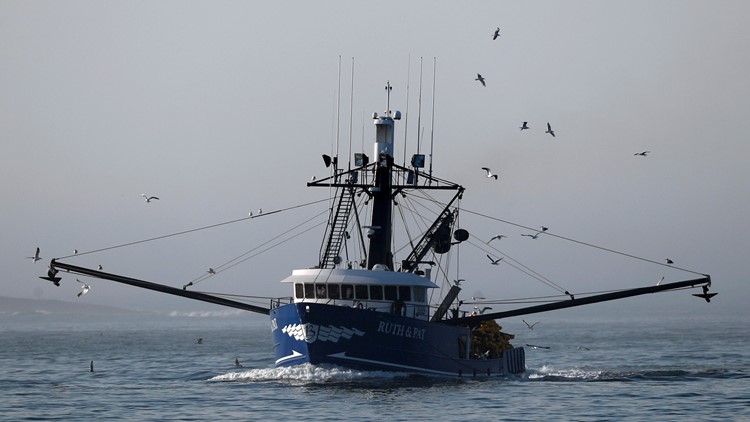
1. Supreme Court to Decide on Federal Regulatory Reach in Landmark Fishing Case, Are your Fish and Chips Shark?
USA – The U.S. Supreme Court is reviewing a case that challenges the authority of federal regulators, centered on a conflict between commercial fishermen and the National Marine Fisheries Service over a herring conservation program. The fishermen argue that Congress didn’t authorize this program.
A key aspect of the case is its potential to affect “Chevron Deference,” a 1984 precedent that allows courts to rely on agency interpretations of unclear laws. The outcome of this case could have far-reaching consequences, potentially redefining the balance of power between the legislative and executive branches of the U.S. government, and altering the scope of federal agencies’ regulatory authority.
Thank you for your generous gift that will help us continue the production of this weekly, free publication
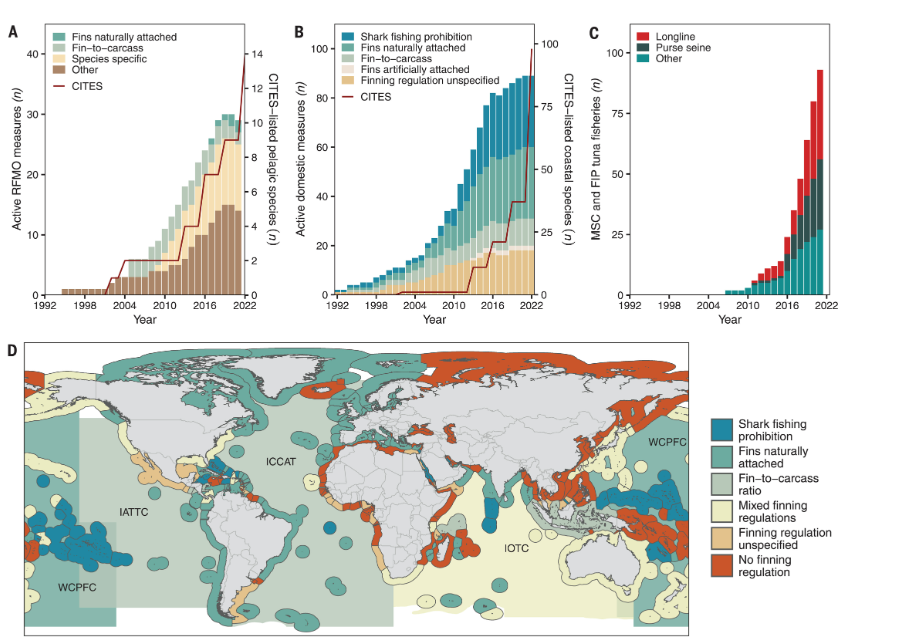
2. Policy and Predators: Unveiling the Realities of Shark Fishing Regulations Worldwide
In the last 20 years, sharks have become increasingly recognized as some of the most endangered animals worldwide, leading to more scientific focus and stricter regulations. However, the impact of these protective measures on shark fishing deaths globally hasn’t been thoroughly assessed. Our analysis suggests that total shark deaths from fishing rose from at least 76 million to 80 million between 2012 and 2019, with around 25 million being species at risk. There was a 4% rise in shark deaths in coastal regions but a 7% drop in open-ocean fisheries, particularly in the Atlantic and Western Pacific areas.
Our study connects shark mortality rates with the worldwide landscape of regulations. It reveals that general laws aimed at stopping shark finning – the practice of removing fins and discarding the shark – haven’t effectively reduced overall shark deaths. However, regional bans on shark fishing or keeping caught sharks have shown some positive impact. The combination of these findings and insights from expert interviews points to the need for more effective, evidence-based strategies to halt the ongoing overfishing of sharks.
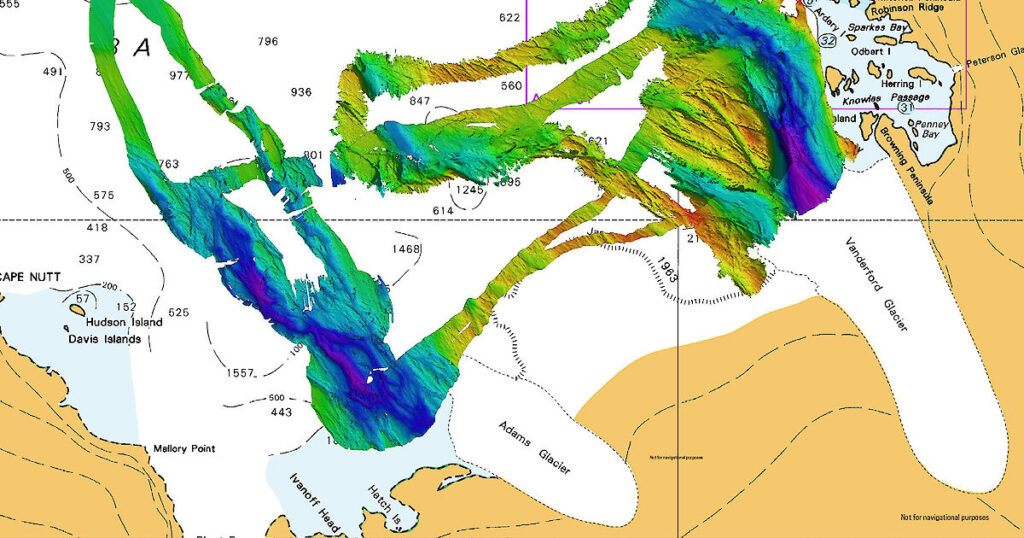
3. Icebreaker RSV Nuyina Discovered a Massive Underwater Canyon in Antarctica
A massive underwater canyon, 2100 meters, 9000 meters, extending more than 25 nautical miles was discovered in Antarctica by acousticians on board icebreaker RSV Nuyina. It’s the second time they’ve discovered an impressive Antarctic seafloor feature using their ship’s acoustic instruments. The Nuyina’s multibeam echosounder works by sending out pings of sound in a fan-shape beneath the ship and ‘listens’ to the returning echoes to build a picture of the seafloor.
“One of the specific objectives in building RSV Nuyina was to provide Australia with the capability to map the Antarctic continental shelf,” Mr Symons said.“Discovery and mapping of these deep glacial canyons is key to developing better models of the interaction between the Antarctic ice sheet and the ocean. This is just the beginning.”
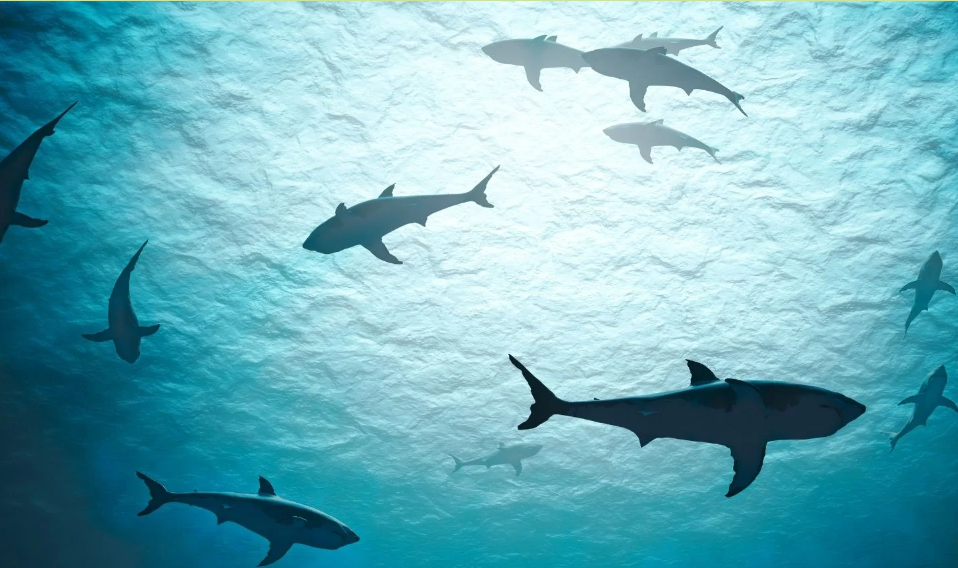
4. Sharks Are Sold in the UK Fish and Chip Shops
In the UK people eating fish may be unknowingly eating sharks, the researchers revealed. The scientists say that sharks are frequently sold as unlabelled “mystery meat” in restaurants around the world. Speaking to The Times, study co-author Laurenne Schiller, a marine conservation scientist, said: “Sharks are part of a global supply chain. There are countries all over the world that are consuming shark meat and sometimes not even knowing it.”.
DNA tests revealed that 90 percent of huss, rock eel, flake, and rock salmon were in fact spiny dogfish – an endangered shark that cannot be legally caught in European waters. The new research adds further evidence to the growing concern for shark populations around the world. Study shows that fishing is a major contributor to the number of sharks killed each year.
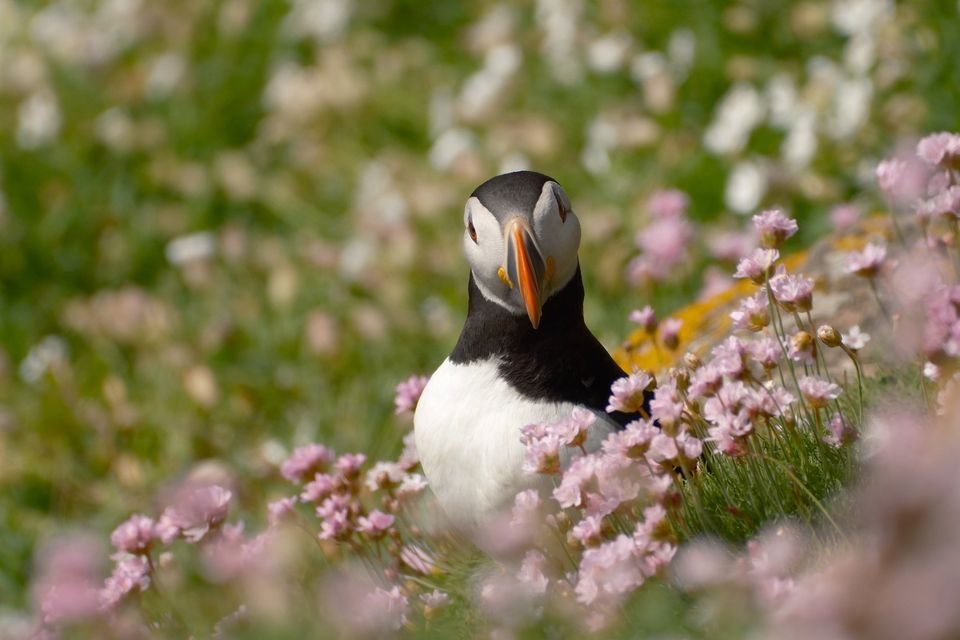
5. Ireland’s Management of SPAs Called Into Question by the European Commission
Fair Seas campaign group says that Ireland’s newly-created Special Protection Area (SPA), 305,000 hectares, off the coast of Wexford lacks proper community engagement. Fair Seas campaign coordinator Dr Donal Griffin said: “The new SPA for birds off the coast of Wexford is good news. However, the government has failed to consult with local stakeholders and consultation with coastal communities must be a central part of this process to ensure local support for new measures”.
Out of 10 countries, Ireland scored lowest in planning, implementation, site management, monitoring, and conservation outcomes. Fair Seas is calling for 30 percent of the seas around Ireland to be effectively protected by 2030, including a target for 10 percent strict protection.
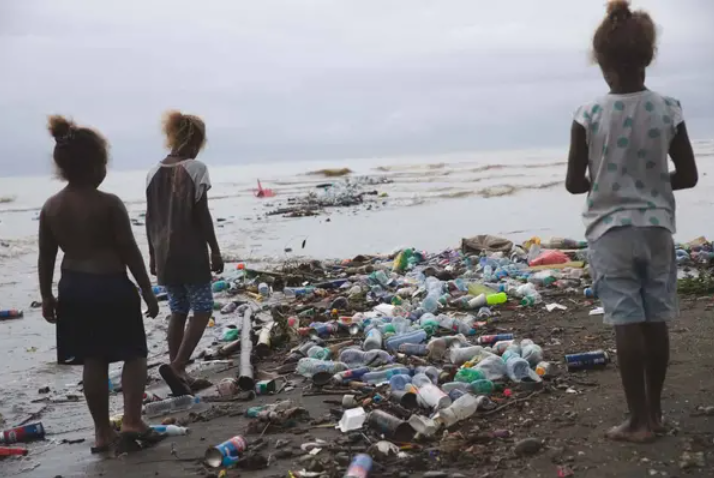
6. The Solomon Islands Government’s Ban on Single-Use Plastic Products
The Solomon Islands government initiated a six-month grace period, commencing on September 1, 2023, to provide businesses and consumers with the opportunity to adapt to the new regulations and deplete their existing stocks of plastic products. The ban, which will come into full effect on March 1, 2024, prohibits the importation, manufacturing, distribution, supply, and sale of specific single-use plastic items within the country. The objective of the ban is to curb the environmental impact of plastic pollution.
The Solomon Islands grapples with the far-reaching consequences of plastic waste, and this decisive move by the government aims to mitigate these effects. The ban is expected to drive innovation and foster the development of a market for sustainable products. By choosing eco-friendly alternatives, businesses and consumers can contribute significantly to the overarching goal of creating a cleaner and healthier Solomon Islands for future generations.
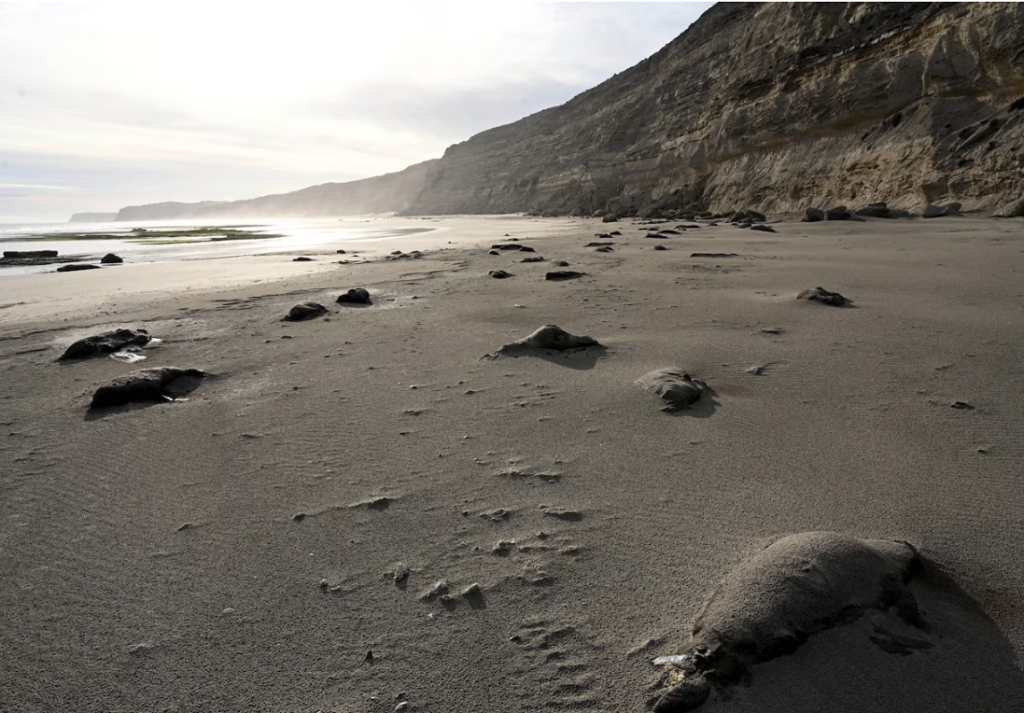
7. An Unprecedented Flu Strain Is Attacking Hundreds of Animal Species. Humans Could Be Next – Valdes Peninsula, Argentina
“It is catastrophic,” stated the marine biologist at the Wildlife Conservation Society, a nonprofit group. “This is the largest die-off for the species, period.” An estimated 17,000 elephant seal pups seals died there last year from avian influenza, victims of an unprecedented panzootic — a pandemic among animals — that has struck around 320 types of birds and mammals. Méndez, the biologist who likened the seal die-off to a disaster movie, worries how the recent outbreak may undo decades of conservation work.
Now, the virus has transformed their work. It’s about more than just aiding faraway animals — it’s about protecting people, too. “We’re trying to protect the very functioning of our planet,” Méndez said. “We’re looking at this disruption through the lens of wildlife, but this is very serious for humans as well.
Click on the link below for the rest of the story!
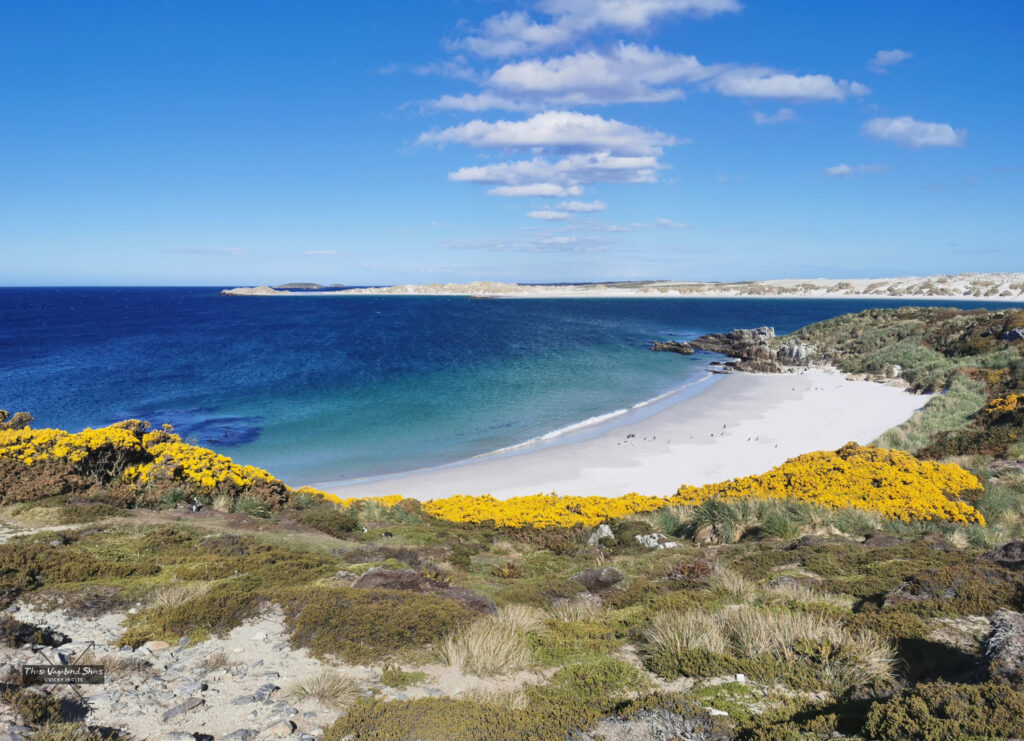
8. Sierra Leone Delegation Visits Falklands to Learn on Fisheries and Conservation
A delegation from Sierra Leone headed by Mrs. Princess Dugba, Minister of Fisheries and Marine Resources together with Ms Harriet Mathews, Director General Africa and the Americas at the Foreign and Development Office are currently in the Falkland Islands as part of a program to share fisheries, environment and conservation policies experiences.
The purpose of the visit is to take advantage of the world-class fishing grounds of the African nation and share the best practices in helping to support long-term economic growth. Falklands development with its fisheries is an example to follow. But also equally important is understanding how the Falklands community works to protect the Islands’ flora and fauna, which is home to five species of penguins and a vital breeding site for marine birds.
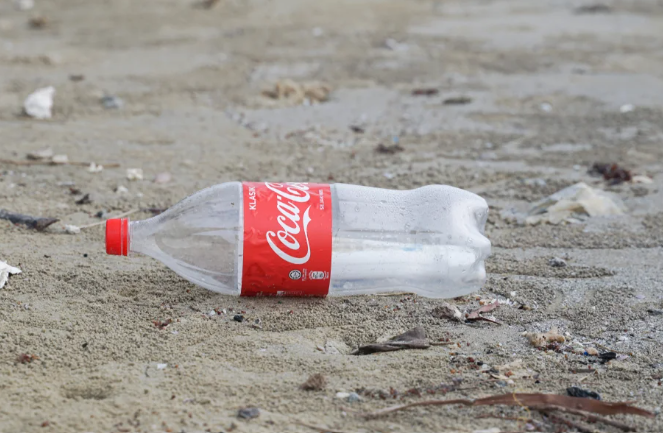
9. Coca-Cola Should Commit to Refillable and Reusable Bottles
Coca-Cola, the world’s largest plastic polluter, has committed to using refillable bottles, but not in the U.S. The company has been named the worst plastic polluter for five consecutive years and claims to want “Every Bottle Back,” which is over 100 billion plastic bottles annually. Coca-Cola has committed to selling 25% of its beverages worldwide in refillable containers in 2022, but this commitment does not extend to Coke’s largest market, the United States.
With only 4% of the world’s population, Americans were responsible for 17% of the world’s plastic waste in a single year. We know that refillable and reusable bottles work. They used to be the norm when it came to soda packaging. By embracing the use of refillable and reusable bottles, Coca-Cola can become an industry leader in plastic waste reduction.
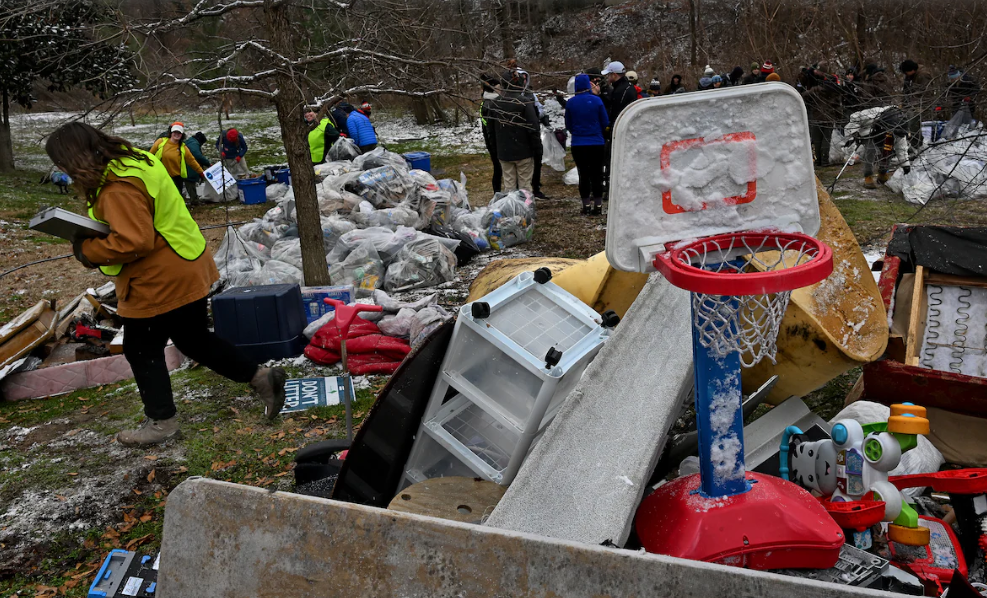
10. First They Tackled Plastic Bags. Now They’re Taking Aim at Bottles
USA, Environmental advocates in the District, Maryland, and Virginia are looking for ways to reduce the number of plastic bottles that become litter. As legislation banning plastic bags or forcing consumers to pay for them positively impacts area waterways, activists want to take the next step: allowing customers to return plastic bottles and other containers to reclaim a cash deposit. Oregon was the first state to pass a bill — in 1971 — and ten states already have deposit programs.
These programs are typically run by governments, by beverage producers, or by some combination of the two. Though the deposit per bottle is small — typically 5 or 10 cents — the payoff is huge, advocates say. Technology has made getting bottle deposit refunds — already possible two generations ago — even easier. Offering cash to get plastic bottles out of the waste stream is a simple, effective solution.

11. Can Foreign Coral Save a Dying Reef? Radical Idea Sparks Debate
Corals in the Caribbean have been dying off for years due to climate change, disease, and pollution. By some estimates, corals in particular regions have declined by more than 80% in the past two decades. Researchers are now considering something that was once unthinkable: is it time to give up on native species, and transplant hardier corals from other oceans to struggling Caribbean reefs?
Coral reefs enhance protection against coastal erosion and provide crucial shelter for young fish. Certain species are continuing to thrive In the oceans of the Indo-Pacific region. Researchers are considering taking these hardy corals and transplanting them into the Caribbean after failing to bring back native species. Bringing in exotic species could spell the end of the native reef, but if something isn’t done soon, the coral reefs in the Caribbean could be lost forever.
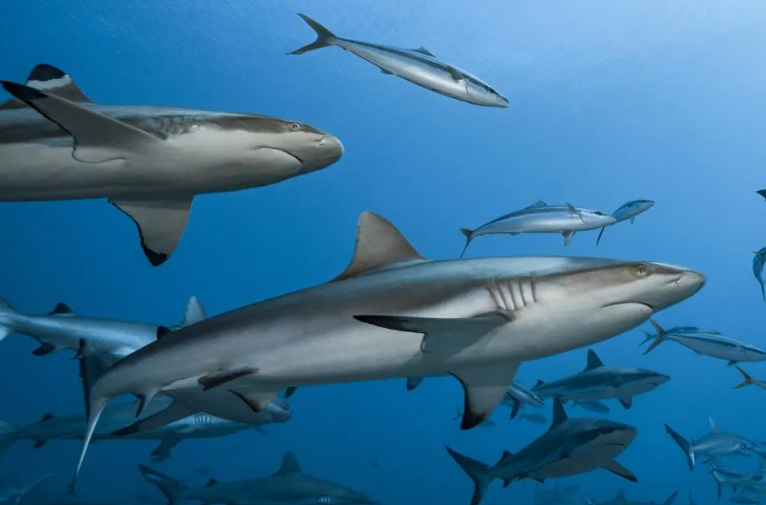
12. Grey Reef Sharks Found Resting, Rewriting What We Know About Them
We once believed that sharks must swim constantly to breathe; when seawater flows over the gills, oxygen is extracted from it. True, there are certain sharks known as “ram ventilators”, who have to stay in motion or point toward an ocean current to keep water flowing over the gills. Other sharks, however, known as “buccal pumpers” actively pump seawater over their gills, allowing them to remain still. One ram ventilator – the grey reef shark – surprised researchers recently.
They can remain still on the ocean floor and able to breathe, even while facing away from currents. This leads to the notion that perhaps these sharks can switch from ram ventilation to buccal pumping when resting. Is this the case with other “ram ventilators” such as the great white? Research continues on these beautiful creatures, whose population currently faces concerns like habitat degradation, climate change, and overfishing.
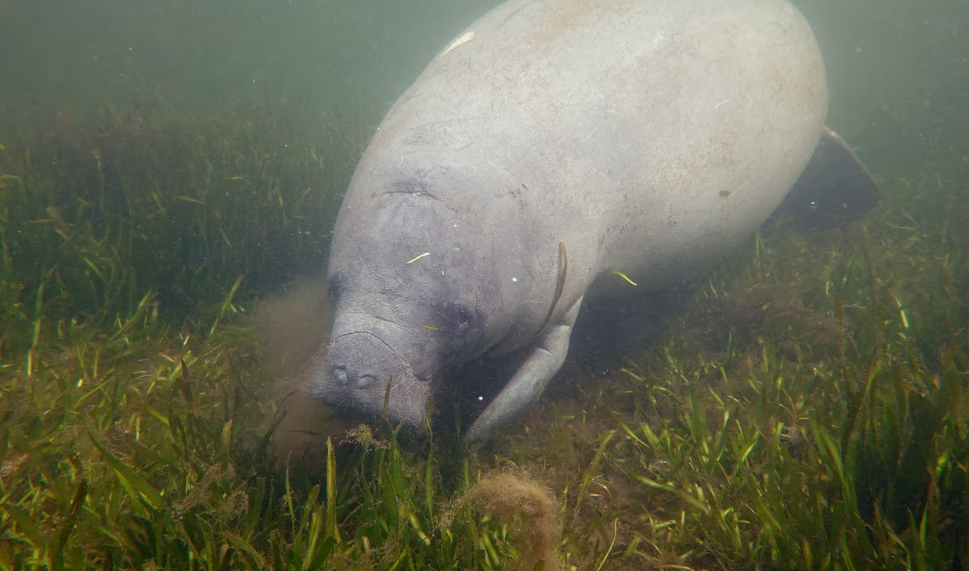
13. Seagrass Resurgence Offers Ray of Hope for Florida’s Hard-Hit Manatees
Manatees in Florida’s space coast region, specifically Mosquito Lagoon, have experienced record mortality rates over the last two years from pollution and habitat loss. Nearly 90 percent of seagrasses disappeared, primarily due to phytoplankton blooms that shaded them. Recently, the lagoon has seen a recovery of seagrass, which is a major food source for the sea cow.
Wildlife officials are reviewing whether to restore the beloved sea cows to the endangered species list, while this recovery has allowed them to pause an emergency hand-feeding program that has kept many starving manatees alive the last two winters. One of several restoration projects underway in Florida, in which several seagrass varieties are cultivated for research and transplant, is likely responsible for much of the recovery. While this may only be a small step in saving the species, what happened at Mosquito Lagoon offers hope for other areas.
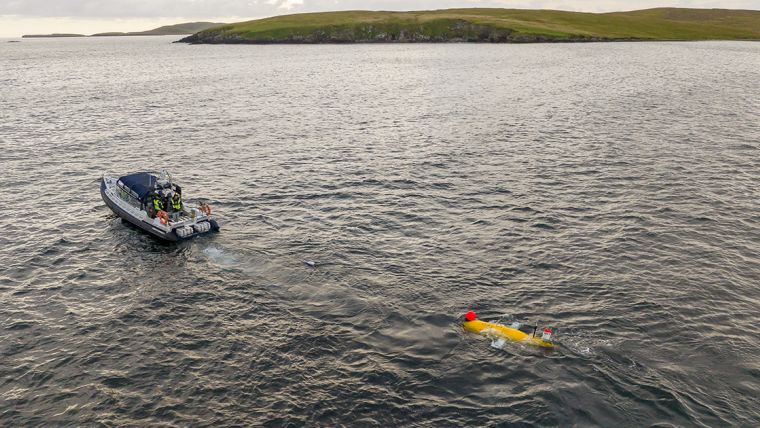
14. Unmanned Survey Captures Detailed Seafloor Imagery in United Kingdom’s Marine Protected Area
The National Oceanography Centre (NOC) recently completed a Fully Autonomous Marine Protected Area Seafloor Survey. This survey will help it to understand the suitability of using autonomous underwater vehicles for UK offshore marine monitoring and establish to what extent such systems can help the UK government meet its increasing marine monitoring ambitions.
NOC conducted the fully autonomous seafloor survey of the Central Fladen Nature Conservation Marine Protected Area, which is located some 140km south-southeast of Lerwick (Shetland), using an Autosub Long Range, famously known as Boaty McBoatface, launched from shore.
The data gathered will enable the subsequent assessment of seafloor type and condition and abundance and identity of seafloor-related fish and larger invertebrate animals, and provide evidence of human impacts on the seabed environment.
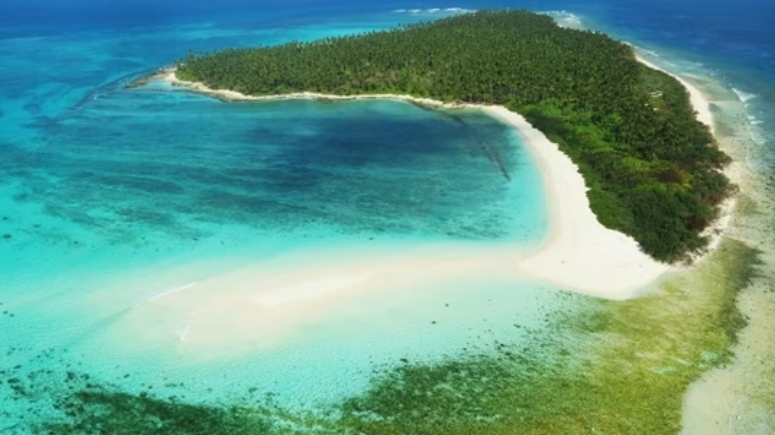
15. India-Maldives Imbroglio: Fallout on Tourism in Lakshwadeep
Lakshadweep Islands, India – A diplomatic storm has gathered force between India and the Maldives. What began as a seemingly innocuous promotion of Indian tourism in Lakshadweep, a chain of islands near its southern coast, has unexpectedly sparked a war of words. India and the Maldives have traditionally enjoyed warm relations, but the cordiality began to crack with the 2023 election of the President of the Maldives, Mohamed Muizzu, who signaled a potential shift in diplomatic focus toward China.
This undercurrent surfaced on January 5, 2024, when Indian Prime Minister Narendra Modi’s vacation photos from Lakshadweep ignited unexpected fury in the Maldives. The recent India-Maldives tussle has cast a shadow over Lakshadweep’s tourism aspirations. However, amidst the diplomatic turbulence lies an opportunity. By prioritising diplomacy, responsible tourism practises, and highlighting its unique strengths, Lakshadweep can navigate this volatile situation, fostering tourism growth while contributing to regional harmony.
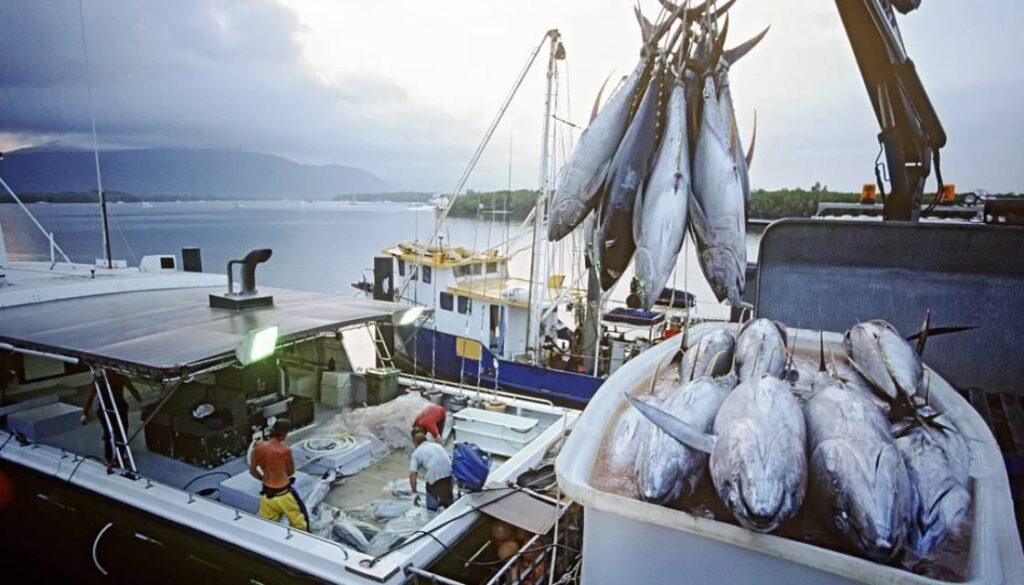
16. New Zealand Requires Longline Fishing Boats to Have Cameras on Board
From Tuesday, a new class of fishing boats must have cameras fitted to film their catch and release methods. All commercial surface longline boats will require cameras as part of a $68 million New Zealand government programme to improve bycatch reporting over four years. Otago University zoology professor Bruce Robertson said government data showed consistent underreporting of fishing bycatch for New Zealand sea lions, fur seals, and common dolphins.
The fishing industry has been consulted on the staged camera rollout, which began last August and will cover an estimated 85 percent of commercial inshore catches once it is completed in February 2025. “New Zealand prides itself on being a leader in sustainable fishing practices and our seafood is marketed as sustainable to international markets…cameras are an important way to demonstrate this,” Robertson said.
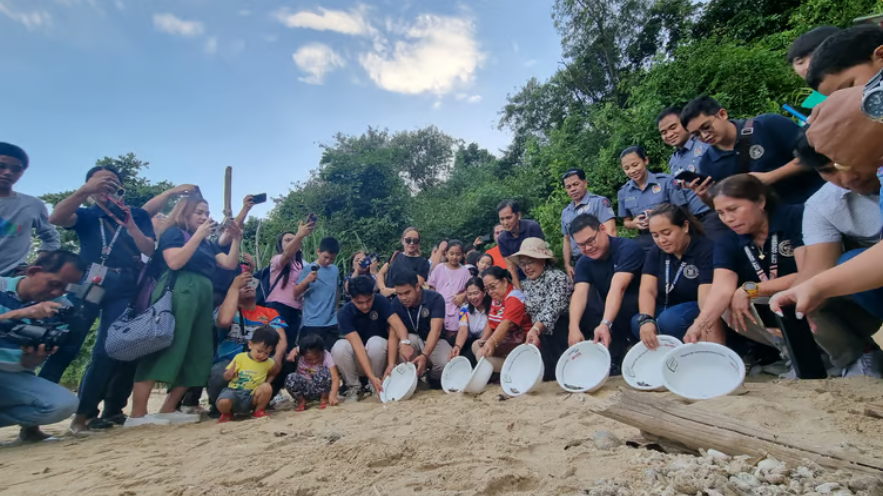
17. Aboitiz Cleanergy Park Shelters New Sea Turtle Nest, Releases Hatchlings Anew – Sitio Punta Dumalag Matina Aplaya Davao City, Philippines
As we enter the new year, sea turtle eggs started to hatch from a nest at Aboitiz Cleanergy Park. One by one the hatchlings emerged from the sand on their journey to the sea. These sea turtles or pawikan hatchlings came from the eighth nest found at the Park in October 2023. Initially found in an area where the eggs can be reached by seawater, a condition that can be detrimental to the eggs, they were transferred to the hatchery to protect them from getting wet.
Of the 171 transferred eggs, 159 hatched after over 60 days of incubation. The hatchlings were released in January 2024. According to the World Wildlife Fund, only around 1 in 1,000 sea turtle hatchlings survive to adulthood. As they grow into maturity, they face many dangers such as dehydration, predators including birds and crabs, and marine plastic pollution.
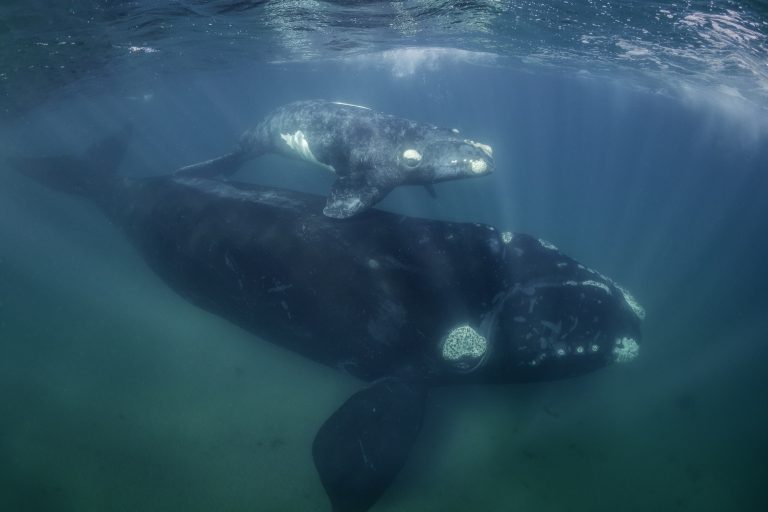
18. Speeding Ships Endanger Sea Mammals: Urgent Call for Stricter Regulations
A new study revealed that 80% of ships exceeded federal speed limits in areas critical to the safety of sea mammals, which are often harmed or killed by ship strikes. The organization is urging the U.S. government to update and strictly enforce vessel speed regulations to protect species like the North Atlantic right whale. This study contributes to ongoing debates about the impact of human activities, including offshore wind energy development, on marine life.
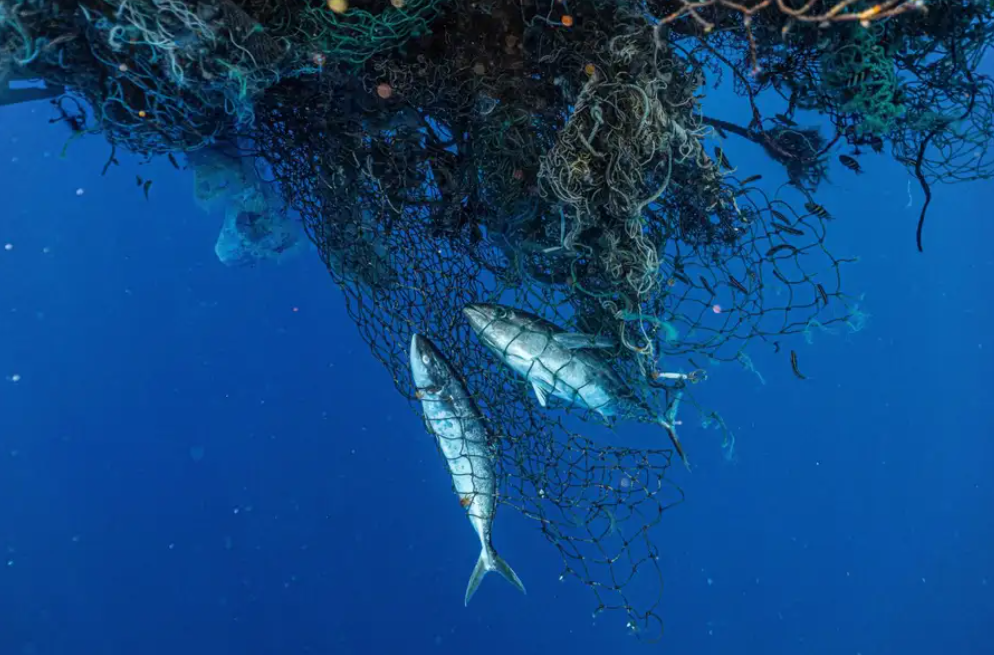
19. Weighing the Impact: The Debate Over Cleaning the Great Pacific Garbage Patch
The article from New Scientist explores the effectiveness and potential consequences of cleaning up the Great Pacific Garbage Patch. It discusses the challenges and debates around the efforts to remove the vast collection of plastic waste in the ocean. The focus is on whether these initiatives are worthwhile, considering the complex ecosystem within the garbage patch and the continuous influx of plastics from land-based sources.




